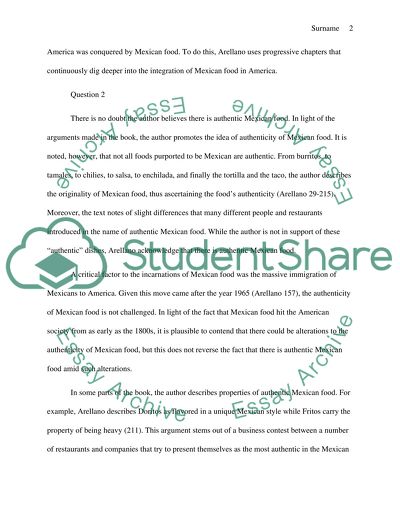Cite this document
(“BOOK REPORT : TACO USA by Gustavo arellano /Review”, n.d.)
Retrieved de https://studentshare.org/sociology/1489256-book-report-yt-taco-usa-by-gustavo-arellano
Retrieved de https://studentshare.org/sociology/1489256-book-report-yt-taco-usa-by-gustavo-arellano
(BOOK REPORT : TACO USA by Gustavo Arellano /Review)
https://studentshare.org/sociology/1489256-book-report-yt-taco-usa-by-gustavo-arellano.
https://studentshare.org/sociology/1489256-book-report-yt-taco-usa-by-gustavo-arellano.
“BOOK REPORT : TACO USA by Gustavo Arellano /Review”, n.d. https://studentshare.org/sociology/1489256-book-report-yt-taco-usa-by-gustavo-arellano.


